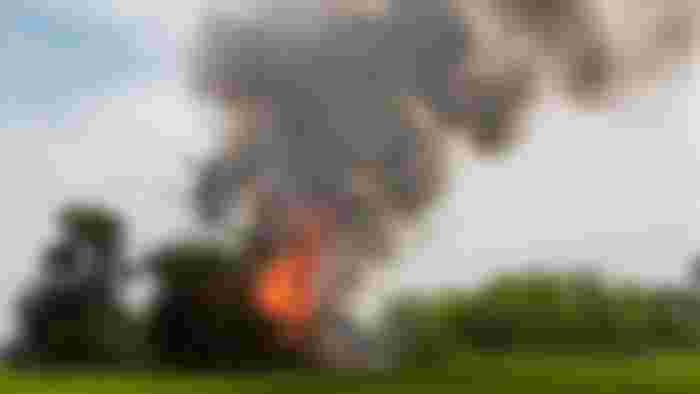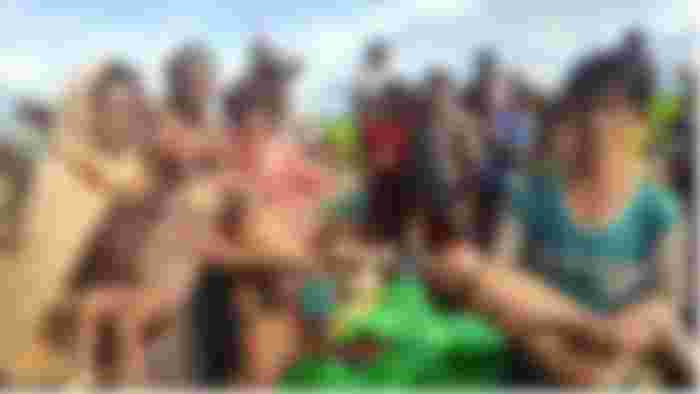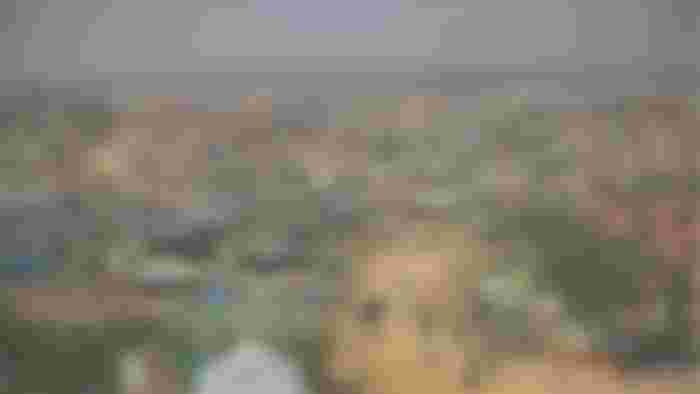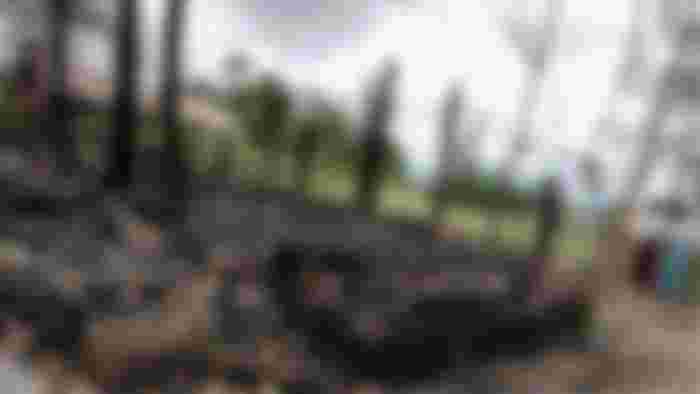A report by an international commission headed by former UN Secretary-General Kofi Annan paints a grim picture of Myanmar's military crackdown on Rohingya Muslims in Rakhine.
The report described the Rohingya as the world's largest stateless community and called on the Myanmar government to facilitate Rohingya citizenship.
UN officials have called it a "crime against humanity" after allegations of widespread rape and torture of Rohingya women by Burmese troops.
Due to these tortures, the influx of Rohingyas from Rakhine started on August 25, 2016 at the Teknaf border of Bangladesh.
Read more on BBC Bangla:
Rohingya torture: Four Myanmar police arrested
Destroying Rohingya villages to build government installations in Myanmar
Sudden rain shots, video of 400 bodies tortured in Rakhine mass grave: November 2018

The release of a video of the persecution of Rohingya Muslims has caused a stir in the international community.
The video, which has been circulating on social media for the first time, shows a policeman kicking two teenagers in the street.
As it turns out, many men are lined up on the ground. All of them raised their hands behind their heads. Then three policemen kept kicking one person on the ground. At the same time, the man was being beaten with a stick. Satellite image analysis: 40 grams of burnt ash
In December 2016, Human Rights Watch, a US-based human rights group, said it had analyzed satellite images to confirm that many homes, including 40 village buildings, had been destroyed in Rakhine in October and November.
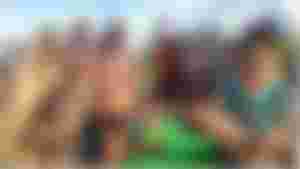
The company claims that 354 villages have been partially or completely burnt down. 400 bodies in mass graves:
Myanmar troops fired like rain
The incident took place in August 2016 during an army operation in the village of Gudar Pin in Rakhine State.
The Rohingyas, who fled the village to save their lives, thought the August 26 massacre was well-planned. The soldiers not only brought rifles, knives, grenades and rocket launchers to carry out the massacre - they also brought acid.
The village is rumored to have killed 10 Muslim men in September 2016.

This is one of the few incidents of torture in Myanmar's military.
Today, three-quarters of the village's population is Muslim, the rest are Rakhine Buddhists. What did the BBC see in Myanmar: Jonathan Head
The BBC's Jonathan Head during a visit organized by the Myanmar government. He later wrote:
The BBC has found at least four places where protected installations have been made. However, analysis of satellite images showed that these were formerly Rohingya Muslim settlements.
However, government officials have denied allegations of setting up such facilities in Rohingya villages in Rakhine state.
The Myanmar government took us to a transit camp called Hla Po Kong. They claim that 25,000 refugees will be able to stay in the camp for two months before returning to their permanent homes. Not even those trees.

We were also taken to another village called In Day. The village is rumored to have killed 10 Muslim men in September 2016. This is one of the few incidents of torture in Myanmar's military.
Today, three-quarters of the village's population is Muslim, while the rest are Rakhine Buddhists. Now, there is no sign of Muslims. The Rakhine are quiet and peaceful.
